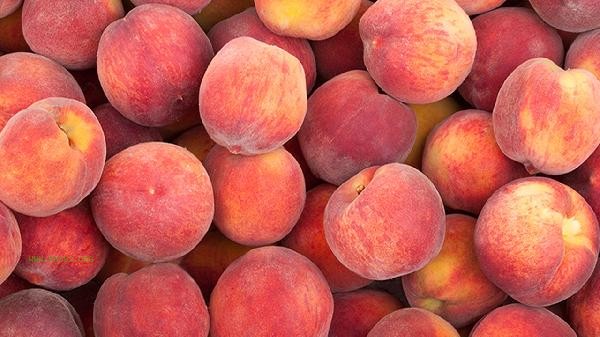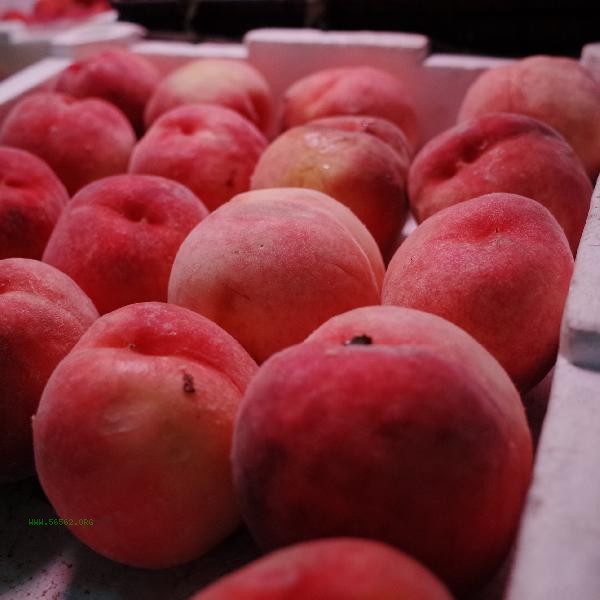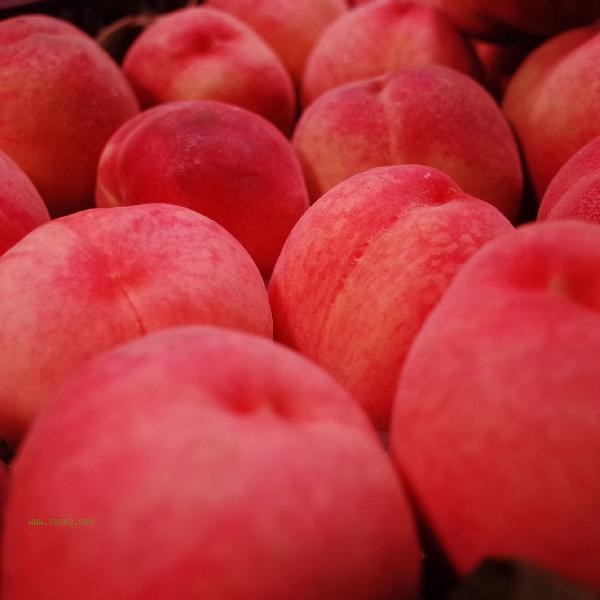Cleaning the fuzz on the surface of peaches can be done by washing with running water, rubbing with salt, soaking in baking soda, and other methods. The fine hairs on the peach skin may irritate the skin or affect the taste, thoroughly cleaning can help ensure safe consumption.

1. Rub with running water
Place the peach under running water, gently rub the skin with your fingers, and use the water flow to wash away the fuzz. This method is suitable for peaches with hard skin, and it is important to avoid excessive force that may cause damage to the flesh. After scrubbing, you can use kitchen paper to absorb the moisture or place it in a well ventilated area to air dry naturally.
2. Rub with salt
Take a small amount of salt and sprinkle it evenly on the moist surface of the peach. Hold the peach with both hands and rub it repeatedly for about 30 seconds. The friction effect of salt particles can effectively remove fluff, while also having a slight bactericidal effect. After completion, thoroughly rinse the residual salt with clean water to avoid the salty taste affecting the flavor of the fruit pulp.
3. Soak in baking soda
Add an appropriate amount of baking soda and water to a basin, and soak the peaches for 5-8 minutes. Alkaline environment can soften the attachment points of fluff, which can be easily peeled off by gently brushing after soaking. This method is more suitable for soft peaches with higher maturity, and the soaking time should not be too long to avoid affecting the texture of the fruit flesh.

4. Fruit and vegetable cleaning brush assistance
Use a dedicated fruit and vegetable cleaning brush to brush along the peach texture in one direction, paying attention to choosing a style with soft bristles. When brushing, keep the surface of the peach moist and use a small amount of vinegar to enhance the cleaning effect. After brushing, rinse with cold water to remove any remaining fluff or debris during the brushing process.
5. Hot water blanching method
Soak peaches in hot water at around 80 ℃ for 10-15 seconds, then quickly remove them and cool them with cold water. The principle of thermal expansion and contraction can loosen the roots of the fluff, which can be easily rubbed and peeled off. It is necessary to control the water temperature and time to avoid scalding the skin, causing local softening and affecting storage time.

It is recommended to consume cleaned peaches as soon as possible or store them in refrigeration to avoid secondary contamination. Peaches with damaged or moldy skin should be discarded directly. You can choose to wear gloves for daily operation to reduce the contact of fluff with the skin. For those with allergies, you can soak them in light salt water for a moment after cleaning. When storing, be careful to separate from other fruits to prevent ethylene from accelerating ripening. Adjust the cleaning method according to the variety of peaches. Hard peaches are suitable for mechanical dehazing, while soft peaches are recommended to be chemically soaked to ensure maximum preservation of nutrition and taste while removing fuzz.








Comments (0)
Leave a Comment
No comments yet
Be the first to share your thoughts!